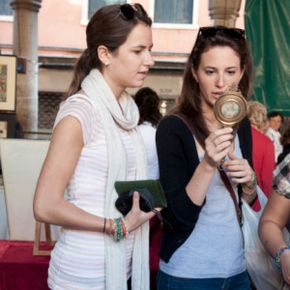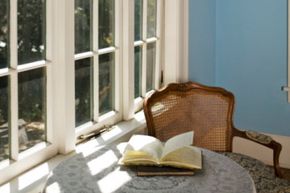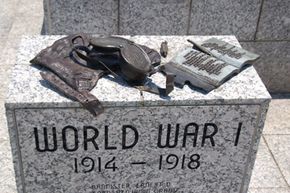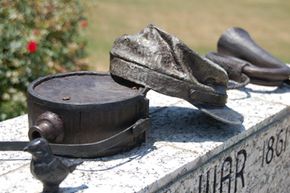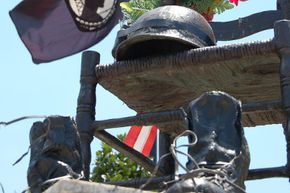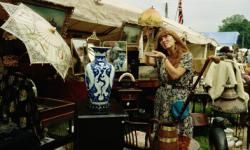It's hard to drive down any road in America without seeing a sign for a museum. Across the nation, thousands of museums allow us to learn, explore, experience the past, and see distant places through art and artifacts. Many museums rely on donations of money and volunteer time to stay open.
But an empty museum is hardly a rewarding experience. Museums need objects to display. Often, museum pieces come from individuals and families who decide to donate precious heirlooms. We'll examine why and how in this article.
Advertisement
